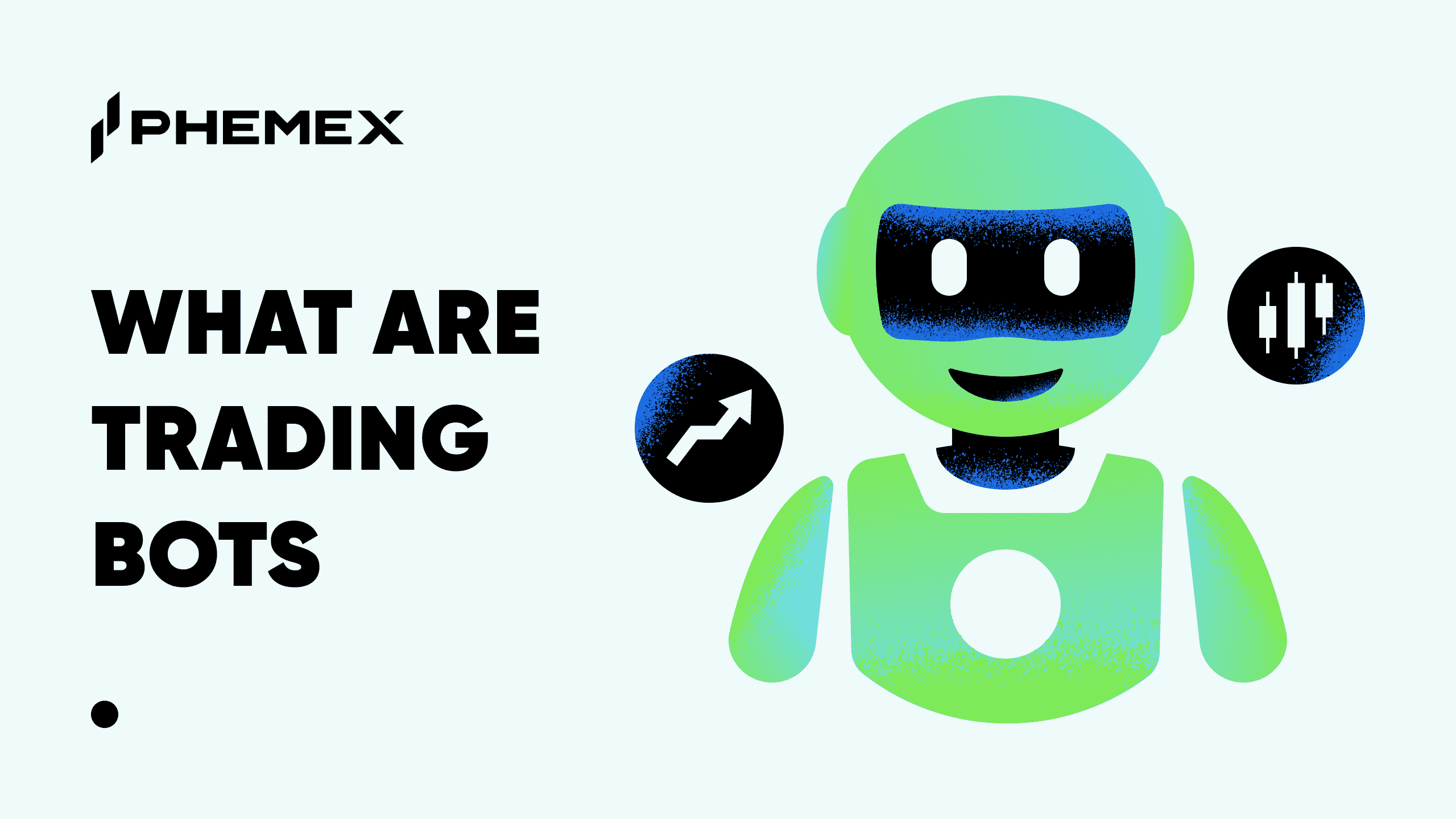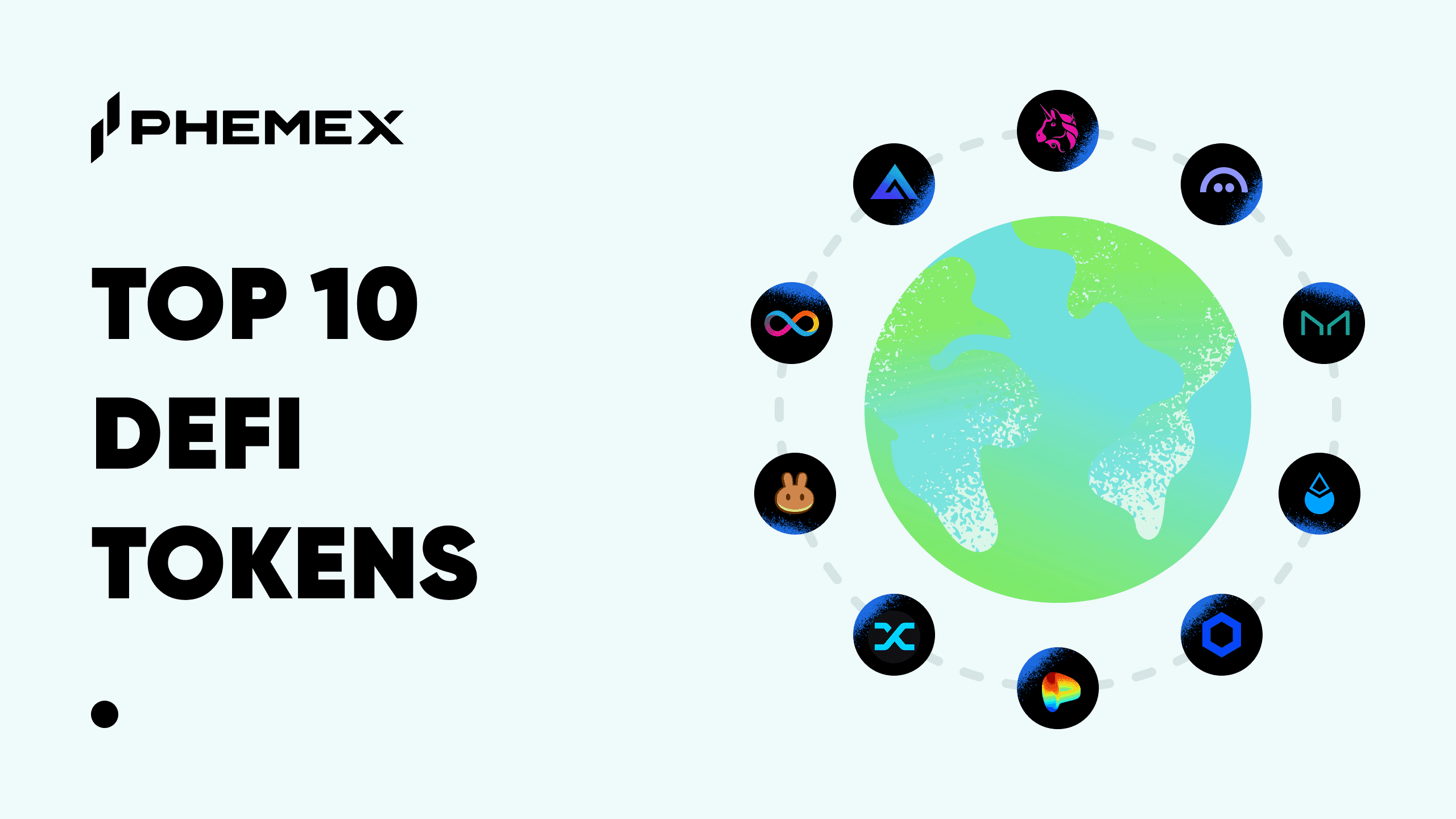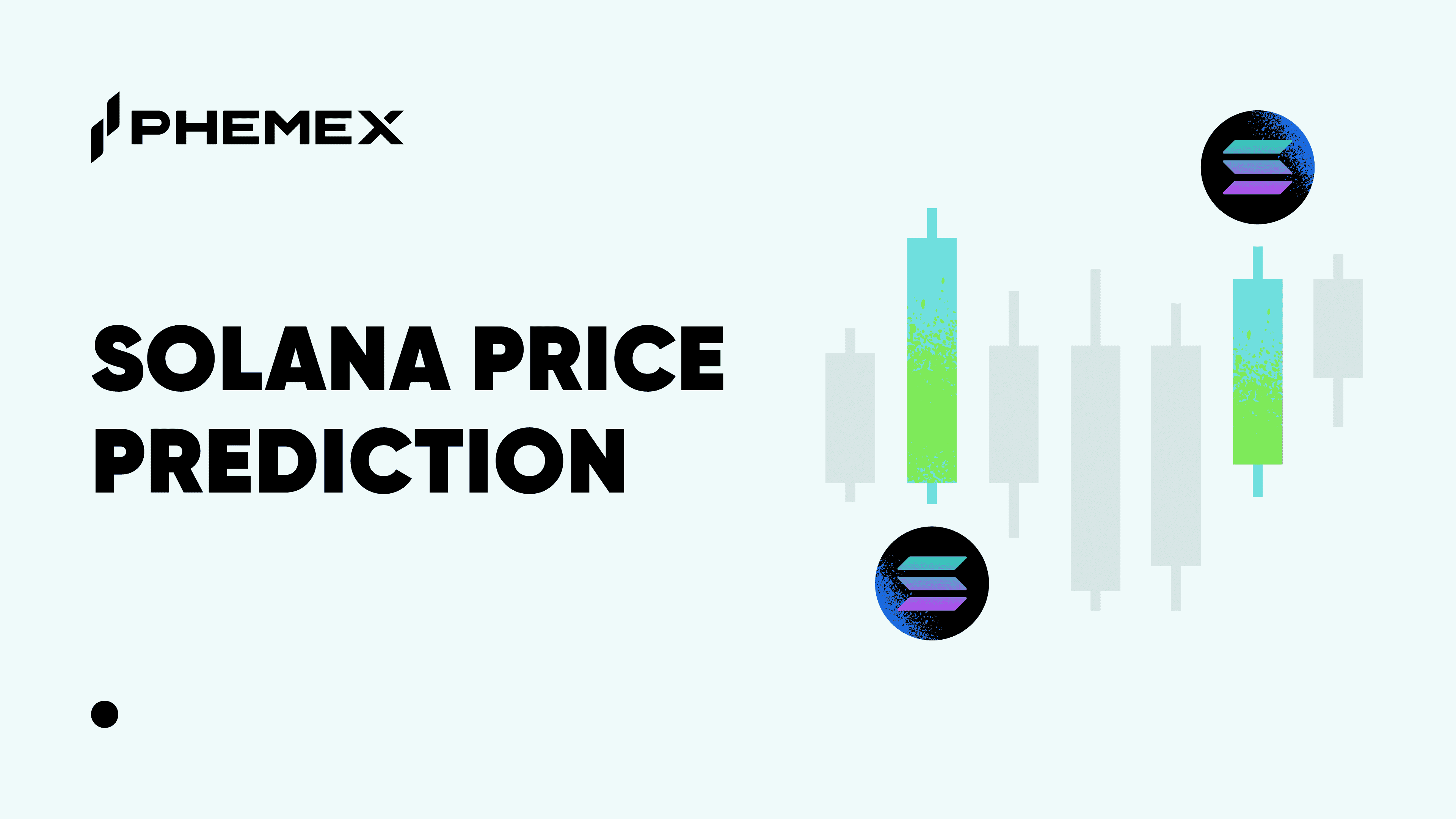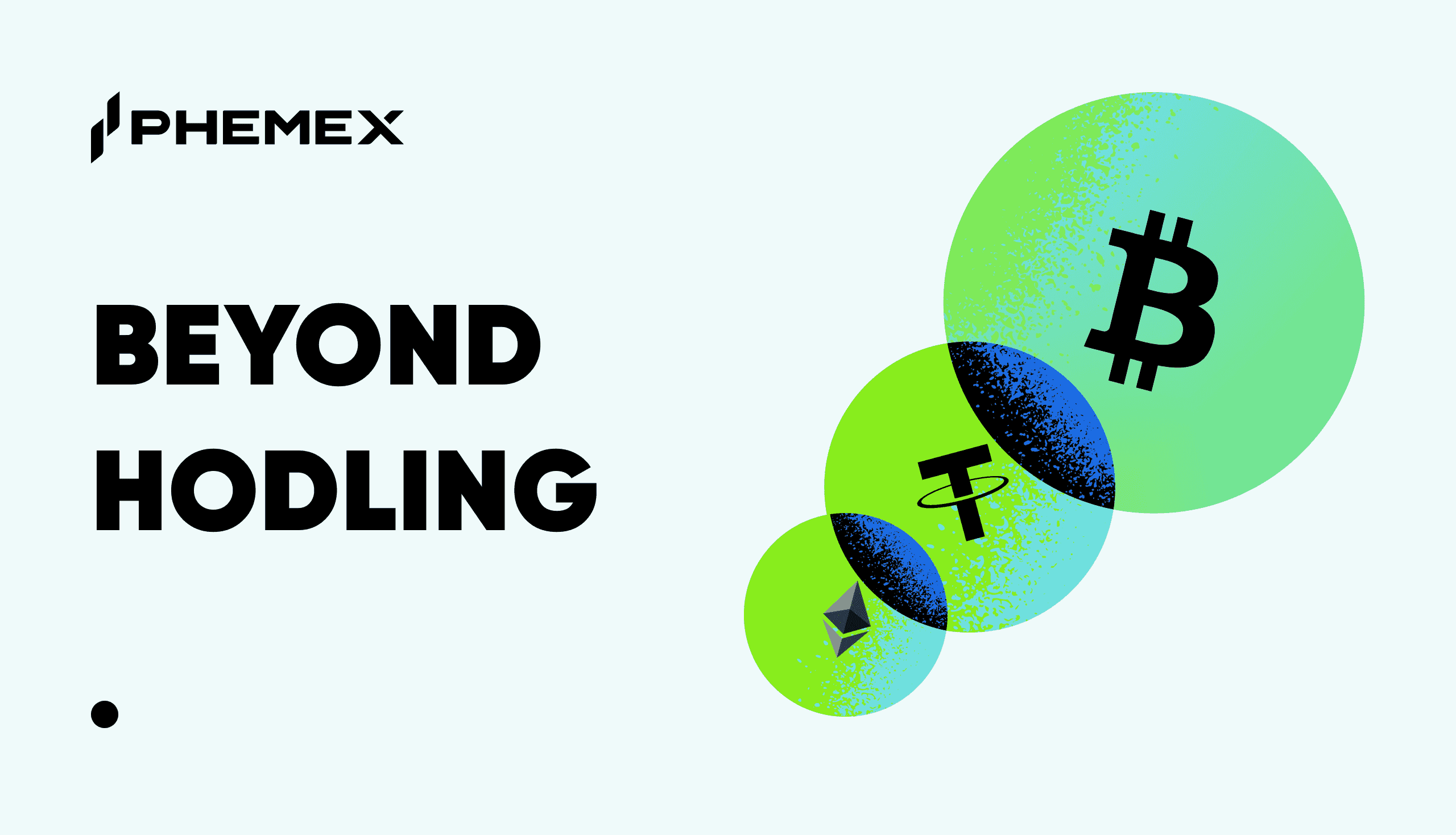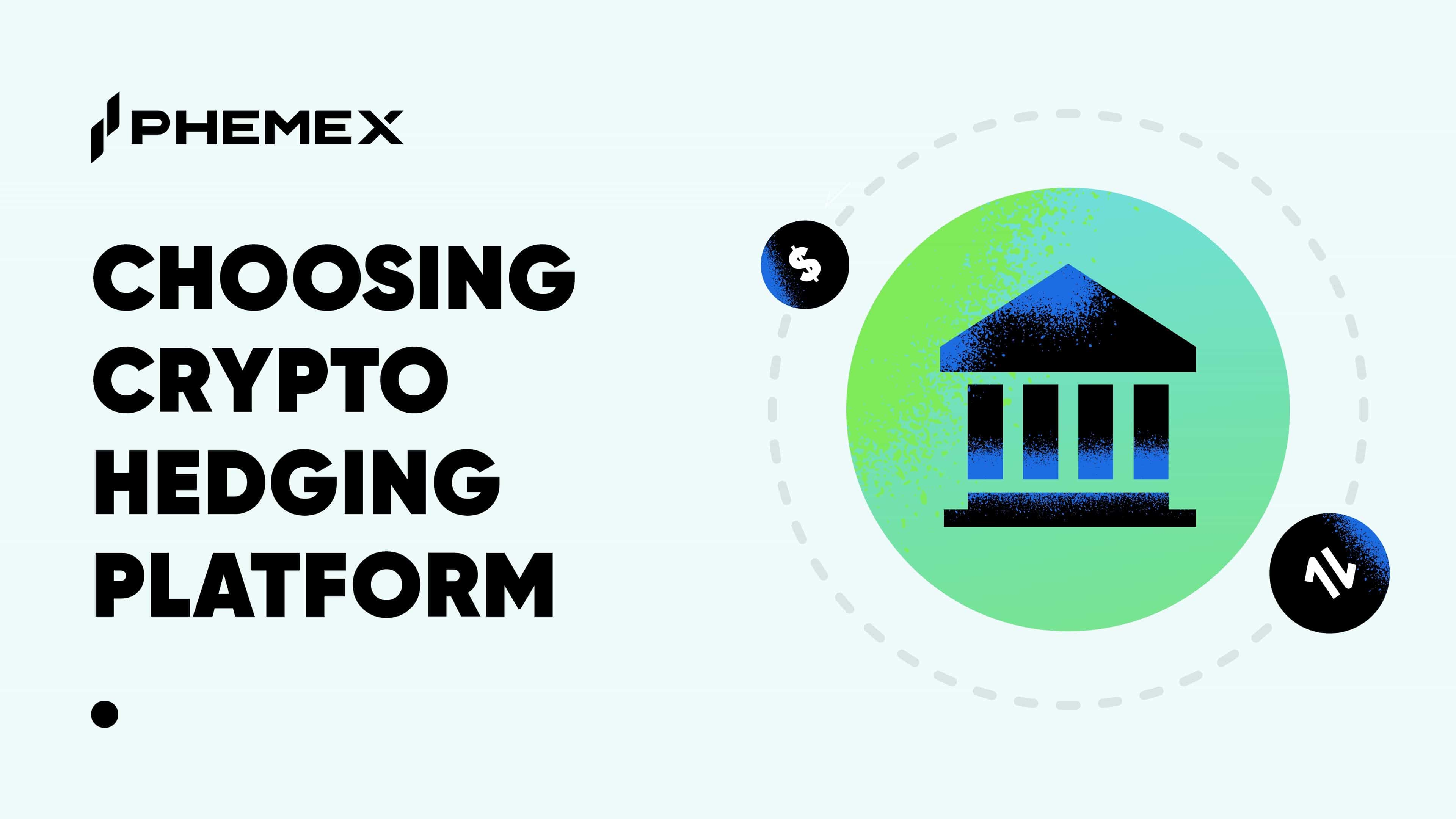During every cryptocurrency market bull run, the wider public becomes feverishly enthusiastic about blockchain technology and the value proposition that crypto poses for the future of money. The current bull cycle is no exception, and many this time have drawn similarities between Bitcoin’s price performance with that of gold’s during a similar time span. Indeed, Bitcoin has often been referred to as “digital gold” while its counterpart Ethereum is commonly denoted as “programmable money.” This piece will explore the ways in which Bitcoin connects to gold, and whether these properties and potential future innovations will allow it to become an “e-gold” of sorts that truly does everything that gold currently does for the global economy but just within the digital realm.

What is E-gold?
Later parts of this article will compare Bitcoin to “e-gold,” but it’s important to note that “e-gold” in this context is merely a general term that encompasses the range of use cases that gold has in the physical realm but in a digital sense. There is actually an actual invention called e-gold that came about in the late 1990s, which many argue laid the foundation for certain technical and philosophical aspects of Bitcoin.
The Invention of E-gold
E-gold was established in 1996 by oncologist Douglas Jackson and attorney Barry Downey, and was backed by bullion stored in a bank safe deposit box in Melbourne, Florida. It was governed by the “e-gold Special Purpose Trust,” which legally held the physical gold coins on behalf of users, which in hindsight can be interpreted as a precursor to digital asset custodial services. This trust also established a live statistical dashboard that displayed the aggregate holdings of each metal within the trust account, along with a detailed inventory of gold bars complete with their unique serial numbers. Additionally, the dashboard provided real-time metrics such as the total count of accounts, as well as the volume and value of transactions conducted in the preceding 24 hours. This transparent reporting system allowed for comprehensive insights into how e-gold was being used, and many see it as a primitive attempt at the transparency that blockchain technology would later offer.
Although launched before PayPal, e-gold experienced significant growth only in 2000, reaching over a million accounts by 2004. It was the first digital currency system to gain widespread user and merchant adoption, earning recognition in the Financial Times as the only electronic currency achieving critical mass online by July 13, 1999. Additionally, e-gold was the first non-credit-card payment service provider to offer an application programming interface (API), enabling other services and e-commerce transactions.
E-gold introduced support for wireless mobile payments after demonstrating e-gold Spend via Palm Pilot in February 1999. The platform was utilized by individuals and merchants for various services, including metals trading, online auctions, online casinos, political organizations, and non-profit organizations. By spring 2000, independent exchange services emerged, expanding e-gold’s international user base. E-gold allowed transactions as small as one ten-thousandth of a gram of gold, making it the world’s only successful micropayment system. By the early 2000s, e-gold’s immediate settlement capability was recognized as pivotal for the emergence of systems facilitating peer-to-peer transfers of digital rights.

However, e-gold also faced many shortcomings that eventually led to its discontinuation:
- Hacking: Due to its failure to proactively authenticate the identities of account holders, e-gold became increasingly targeted by criminal activities, predominantly carried out by Russian and Ukrainian hackers targeting its users. Beyond phishing, these attackers exploited vulnerabilities in Microsoft Windows and Internet Explorer to gather account details from millions of computers, compromising e-gold accounts.
- Cybercrime: E-gold's significant user base and its function as a store of value attracted attention from organized criminal groups, leading to the emergence of financial malware and phishing scams targeting its users. The earliest recorded phishing attack on a financial institution occurred within the e-gold community in June 2001.
- Fraud: The e-gold system was exploited by various scammers who began international Ponzi schemes. They engaged in auction fraud on platforms like eBay, selling counterfeit or non-existent items. These criminal networks preferred e-gold as a payment method due to its speed and convenience for transferring funds internationally. The surge in online crime associated with e-gold prompted complaints to government authorities from victims who had been defrauded. Many of these victims were unaware of the distinction between e-gold and the fraudulent individuals or entities that persuaded them to open e-gold accounts and transfer funds to them, leading them to believe that the entire e-gold network was a scam.
These problems, combined with the fact that the United States banking system was not built to accommodate a digital environment, led to the decline of this e-gold invention. By the late 2000s, the service had essentially been shut down following a string of criminal cases. It represented an early pioneer of internet payments that was ultimately ended by the U.S. government, but in many ways its legacy is being carried on in the current day by crypto.
Is Bitcoin the New E-Gold?
E-Gold and Bitcoin share a fundamental similarity in their decentralized nature, which means they operate without central authority intervention. Instead, E-gold was run through a special purpose trust whereas the Bitcoin network operated through nodes. Both ecosystems ensured transaction security and transparency.
However, several distinctions exist between the two platforms. E-Gold was fully backed by physical gold, whereas Bitcoin lacks physical asset backing. Additionally, E-Gold's functionality was primarily limited to online payments, unlike Bitcoin, which offers broader applications such as asset tracking and record-keeping. E-Gold faced challenges in achieving widespread acceptance, while Bitcoin has garnered a large and expanding user base and is increasingly accepted by merchants globally. Therefore, E-Gold played a significant early role in digital currency but Bitcoin has emerged as the primary driving force in the field and has exerted substantially more impact on the evolution of this technology.

Similarities and Differences between Bitcoin and Gold
To truly assess Bitcoin’s potential as the e-gold of the future, it’s important to analyze its unique properties and how they fit into gold’s current use case.
Scarcity - One of the fundamental similarities between Bitcoin and gold lies in their scarcity. Like gold, Bitcoin is not an unlimited resource because only a maximum of 21 million Bitcoins can ever be mined. This inherent scarcity plays a crucial role in determining the value of Bitcoin, akin to gold, which is prized for its finite quantity on Earth.
In the case of gold, its value tends to rise when demand outstrips the available supply, and this principle holds true for Bitcoin as well. Once all the Bitcoins have been mined, a milestone projected to be reached around the year 2140, the total supply will no longer increase. This finite nature contrasts sharply with traditional fiat currencies, which can be printed in unlimited quantities by central banks.
Store of Value - For millennia, gold has been revered as a store of wealth due to its durability, fungibility, and scarcity, which are attributes shared by Bitcoin. The original cryptocurrency is upheld by its robust blockchain technology, which makes all transactions transparent and contributes to fraud prevention, much like the enduring nature of gold. Its fungibility allows each Bitcoin to be exchanged seamlessly with any other, akin to the interchangeable nature of gold.
Additionally, bitcoin's portability enhances its value as a store of wealth. Unlike gold, which can be cumbersome to transport in large quantities due to its physical weight, Bitcoin can be easily transferred across borders because it’s completely digital. After all, carrying around one cold storage hardware wallet is much more convenient than kilograms of gold bars.
Although Bitcoin is still relatively young and subject to significant price fluctuations, its potential as a store of value should not be overlooked. Like gold, which has endured through centuries, Bitcoin may establish itself as a lasting fixture in the financial realm because its technological foundation can theoretically last forever as long as the internet exists.

Decentralization - Decentralization is a fundamental aspect of Bitcoin, which operates on a blockchain network where transactions are verified by network nodes and recorded in a public ledger. This structure enables Bitcoin to operate independently of central banks and government oversight. Transactions on the Bitcoin network are verified through cryptography, ensuring security and preventing manipulation by any single entity. As a result, Bitcoin offers a globally accessible and inclusive financial system immune to government interference.
Similarly, gold's value is not subject to the control of any central authority or government. Its worth is universally recognized and remains unaffected by the policies or stability of individual countries or economies.
Volatility - Price volatility is a notable characteristic shared by cryptocurrencies like Bitcoin and traditional commodities such as gold. In general, Bitcoin is seen as the more volatile and risky asset compared to gold. One reason is because its digital nature and global accessibility enable rapid buying, selling, and trading across international markets, amplifying price volatility.
Gold on the other hand, despite its long-standing status as a store of value, also faces price fluctuations influenced by global economic conditions, inflation rates, and shifts in supply and demand dynamics. During periods of economic uncertainty, gold often serves as a safe-haven asset, attracting investors and driving up its price. Conversely, improvements in economic conditions may lead to reduced demand for gold and subsequent price declines.
While both Bitcoin and gold experience volatility, they serve distinct roles in investment portfolios. Gold is commonly viewed as a stable asset suitable for hedging against inflation and economic downturns. Conversely, Bitcoin's potential for quick outsized returns makes it attractive to investors seeking speculative opportunities and rapid day trading.
Conclusion
Looking ahead, the potential future trajectories of Bitcoin and gold are still unclear. With ongoing advancements in blockchain technology and increasing institutional adoption, Bitcoin's role may expand and could even rival traditional monetary systems, reinforcing its status as digital gold.
Meanwhile, gold's enduring appeal as a store of value remains robust, particularly during economic downturns. However, as global economies navigate uncertainty, the emergence of digital assets like Bitcoin introduces new dynamics. For example, tokenized gold, blending gold's stability with the convenience and pervasiveness of the internet, is gaining momentum and could become a prominent trend.
Read More
- Bitcoin v.s Gold: Is Bitcoin Worth More Than Gold?
- What Is PAX Gold (PAXG): The Crypto Backed By Gold
- Why Does Bitcoin Have Value?
- Institutional Investors and Bitcoin: How will they impact Crypto?
- What is Bitcoin: World’s Largest “Group Project”
- What Is Store of Value: Is Bitcoin A Good Store of Value?
- Bitcoin Price Prediction: Will It Ever Go Higher Than $20,000?
- What is Hyperbitcoinization: Bitcoin As The Dominant Monetary Force





